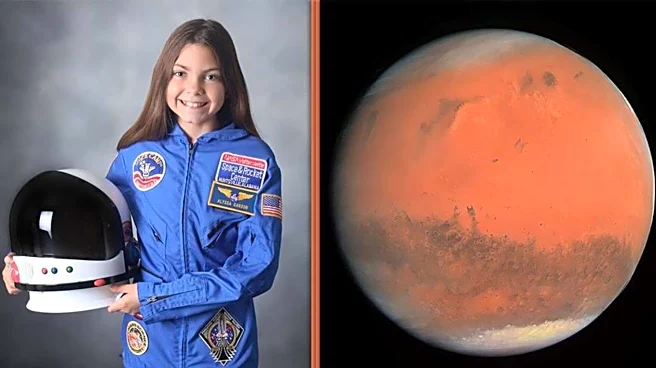
If you’ve been following the unusual journey of the interstellar comet 3I/ATLAS, there’s good news: you’ll soon get to watch it live. The Manhattan-sized comet, only the third known interstellar object to enter our solar system, has fascinated astronomers and sky-watchers for months. And now, as it drifts farther away from the Sun, viewers across the world can tune in to catch real-time telescopic footage of this mysterious visitor. The livestream will be hosted by The Virtual Telescope Project, with details reported by The New York Post.Speculations And Scientific CuriositySince its discovery four months ago, comet 3I/ATLAS has drawn plenty of speculation. Its unusual path, swinging close to Jupiter, Venus and Mars during what should have been its perihelion
last month, has fuelled theories about its true nature. Some social media discussions even flirted with the idea of it being an extraterrestrial spacecraft, a narrative amplified by public figures like Elon Musk during a conversation with Joe Rogan. Harvard astrophysicist Avi Loeb, who has openly explored non-traditional possibilities about interstellar objects, told The Post that delaying scientific data due to bureaucracy was unnecessary. He believes the truth of 3I/ATLAS will emerge only through open data-sharing rather than speculation.NASA To Release Images SoonNASA’s highly awaited high-resolution images of 3I/ATLAS are expected to be released as early as next week, according to agency sources quoted by The New York Post. Captured between October 1 and 7, these images are likely to offer the clearest look yet at the comet and may help settle several ongoing debates.ALSO READ: 3I/ATLAS May Have Exploded Near The Sun, Alien Tech Or Natural Breakup? All You Need To KnowWhen And Where To Watch The Live ViewThe Virtual Telescope Project will stream a detailed, real-time look at comet 3I/ATLAS tonight at 11:15 pm ET on its official YouTube channel. As noted by Space.com, the comet will be visible above the eastern horizon, passing through the constellation Virgo. Since its brightness is far too faint for the naked eye, around magnitude +10.9, professional telescopes are essential for viewing it clearly. To make this possible, a series of high-powered telescopes in Manciano, Italy, will be aligned specifically for this global broadcast. This livestream also comes at an interesting moment for sky-watchers. NASA is preparing to release the highest-resolution images ever captured of 3I/ATLAS, taken by the Mars Reconnaissance Orbiter’s HiRISE camera earlier in October. According to The New York Post, the photos were delayed because of the recent government shutdown, which ended last week.(with inputs taken from The Economic Times)
/images/ppid_a911dc6a-image-176336661498345894.webp)

/images/ppid_59c68470-image-176314504705774039.webp)




/images/ppid_a911dc6a-image-176335955876143584.webp)




/images/ppid_59c68470-image-176321253398977635.webp)




/images/ppid_59c68470-image-176312252937477557.webp)
/images/ppid_a911dc6a-image-176312154728462294.webp)